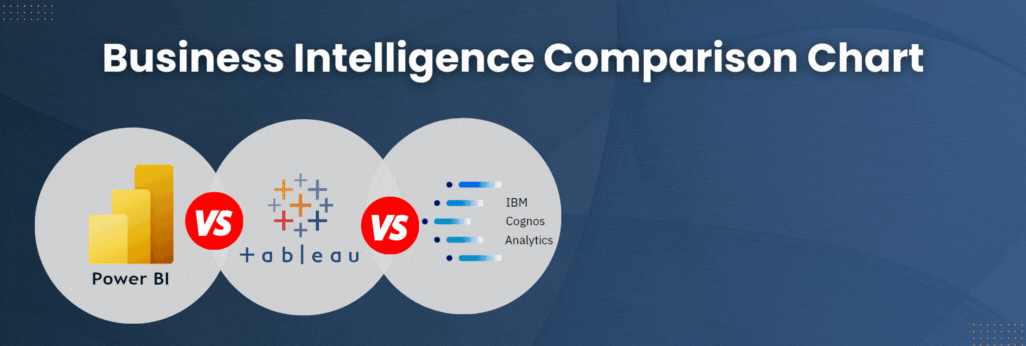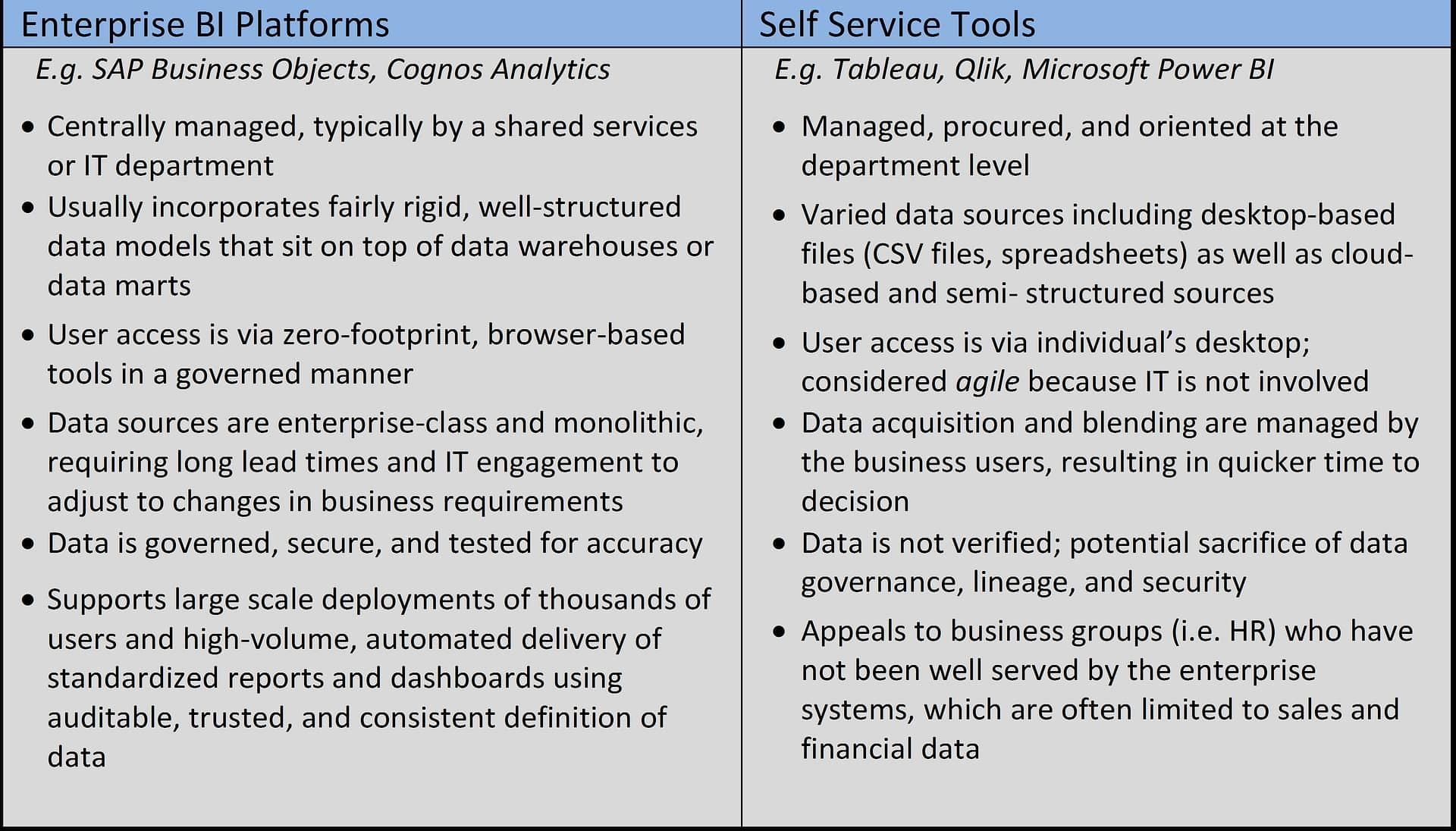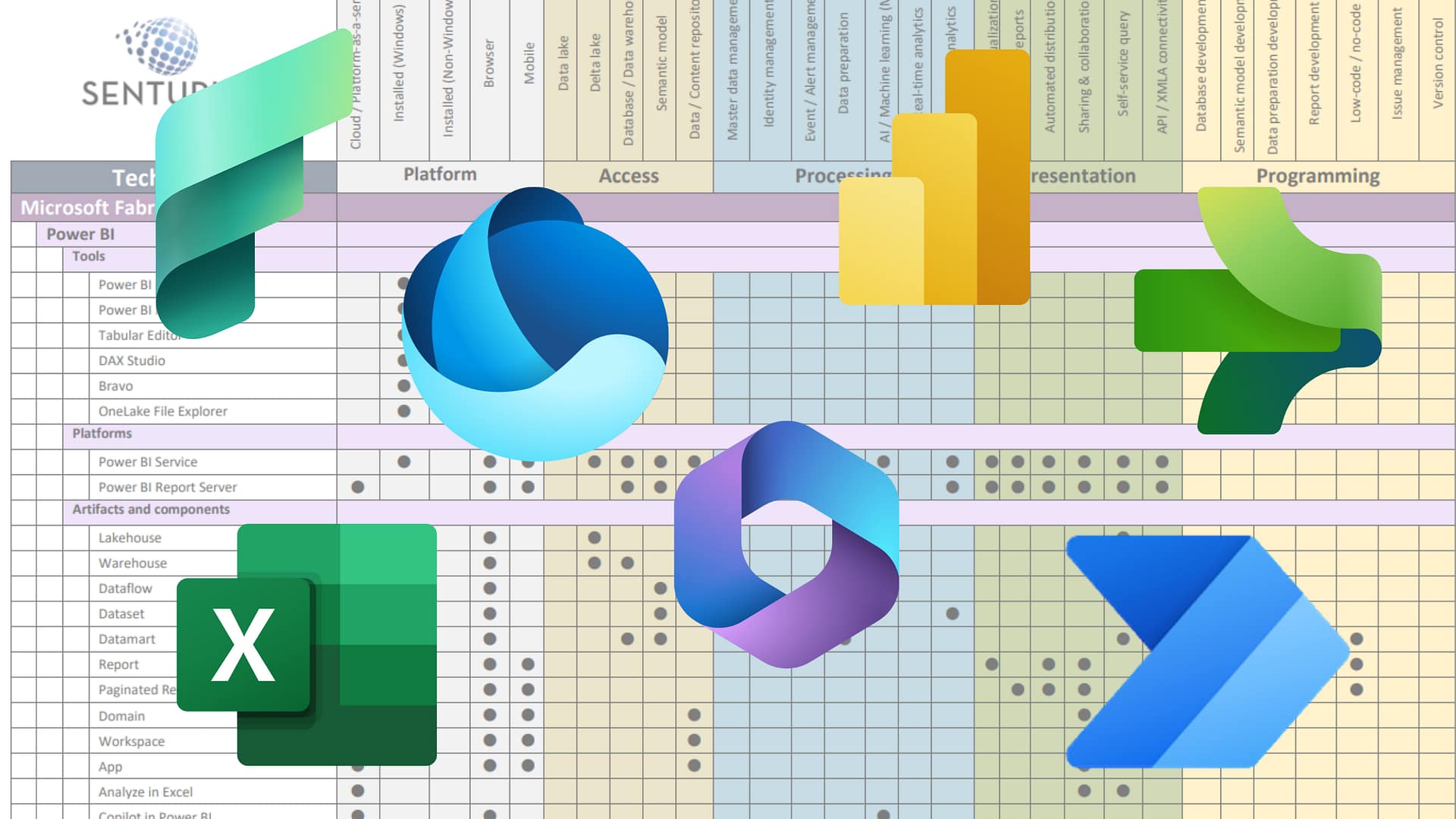Gartner created quite a stir earlier this year when it published the Magic Quadrant for business analytics. At first glance, it seemed established Enterprise BI players were dropped like SAP Business Objects, Oracle and Cognos Analytics (which it defined as “IT centric reporting based platforms”) in favor of “modern BI and analytics platforms that enable smarter analytics and great agility” like Tableau, Qlik and the like. Although it turned out Gartner was publishing a new quadrant dedicated to the established BI platforms, the marketplace had been set a-buzz.
Gartner’s use of the term “modern” seemed to imply that traditional, enterprise BI platforms were outdated and no longer valid. That is not the case in the least. These new self-service tools do not replace, but rather augment enterprise BI tools and, in many cases, improve upon certain aspects.
As the business analytics space increases in size and moves to serving multiple functional areas, we are increasingly seeing clients turn to a broader set of tools. In fact, based on a survey at a recent webinar we held, 35% of attendees stated their companies were using more than one tool and 10% used more than two.
Defining enterprise BI vs. self-service tools
Enterprise BI and self-service tools exist for different reasons. In the following table we captured the essential characteristics of each. Depending on your organization’s use case, you might be better served by one or the other…or both.
It’s easy to see there are pros and cons to each. While the tool you use matters, frankly what matters more is understanding the business job for which the tool will be used.
Check out our on-demand webinar Enterprise BI Platforms vs. Self-Service Analytics Tools. It describes use cases based on our clients in healthcare, online retail and manufacturing. We examine the factors determining our implementation of single tool or hybrid solutions.
If you have questions about your specific application, contact us at 888-601-6010 ext. 86 or info@senturus.com.




